Tag: archaeological
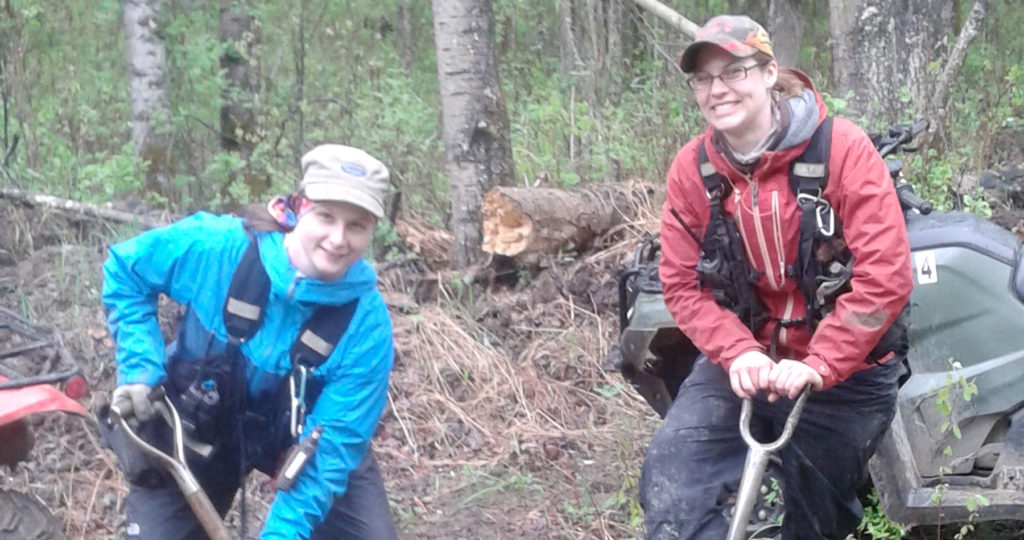
June 24, 2016
The King of Spades vs. the Grizzly
Over the years archaeologists have adopted technological advances from other disciplines. In the office, using programs such as QGIS along with LIDAR and other data sets we can create models to predict sites. In the field, we use a GPS for navigation and iPads to take our notes. Artifact processing has also seen many advances
Keep Reading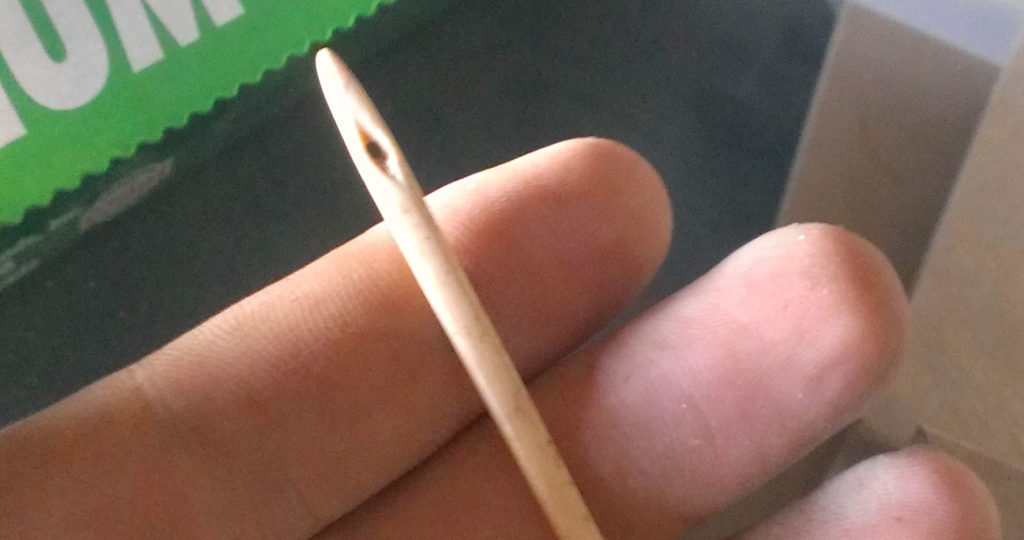
June 16, 2016
Bone Needle
This week we showcase a very unique artifact, a bone needle. This tool is very long and thick compared to the modern steel needles that we are more familiar with, but it still very sharp at the tip. The eye of the needle is diamond-shaped and tapered, which shows us that the eye was made by
Keep Reading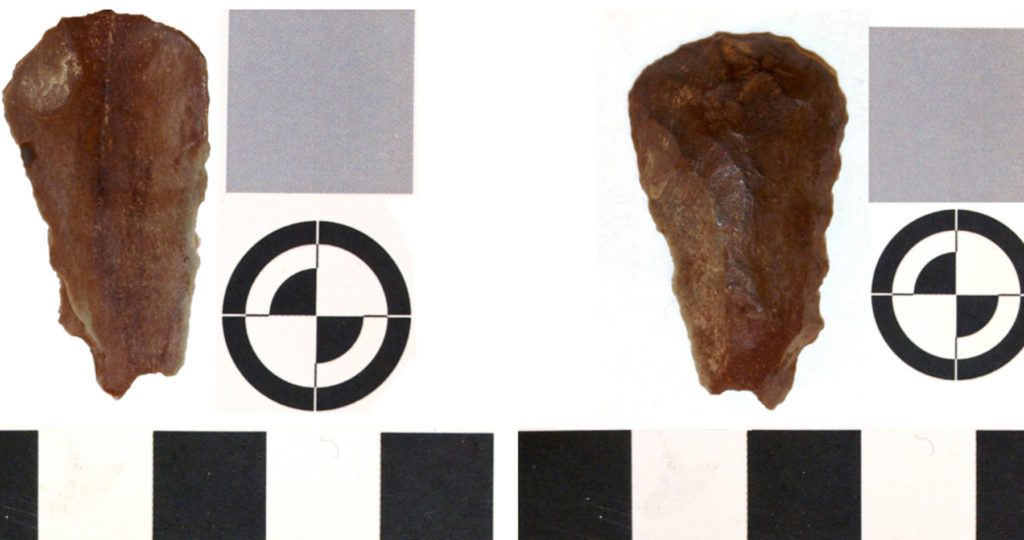
June 8, 2016
End Scraper
This week we feature a stone tool found upstream on Fall Creek, about 55 km west of the community of Caroline, AB. We were undertaking an assessment for Sundre Forest Products and testing a flat area overlooking the creek (shown below) when Ryan found the end scraper shown above. A “scraper” is a type of
Keep Reading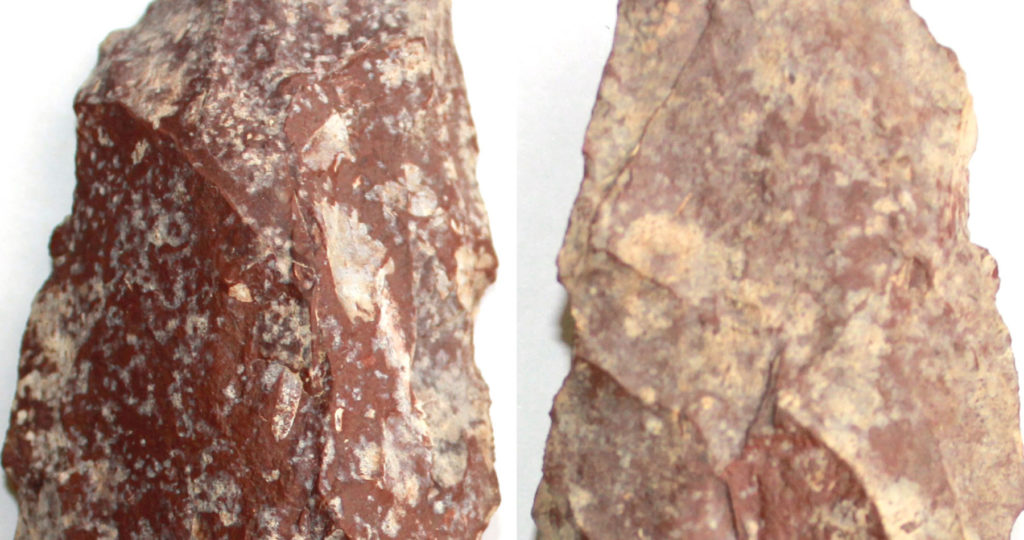
June 1, 2016
Biface Preform
This week we feature an artifact found recently while conducting a survey for an Associated Aggregates gravel pit along the Nordegg River. The artifact is an irregular biface that is likely a preform. A preform is often an ovate or triangular shaped rock that has been flaked on both sides using percussion and pressure flaking
Keep Reading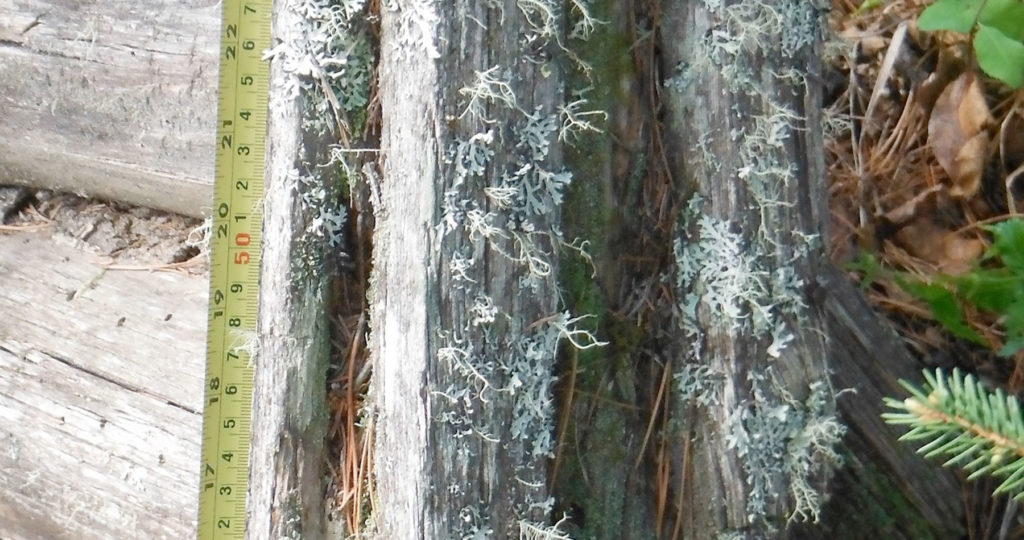
May 18, 2016
Big John’s Spring
A couple of the traits that serve archaeologists best are curiousity and an ability to recognize when something doesn’t belong. For example, look at this site Brittany found in 2014 on the North Saskatchewan River when we were undertaking assessments for Sundre Forest Products. It may not look like much at first glance, but it’s
Keep Reading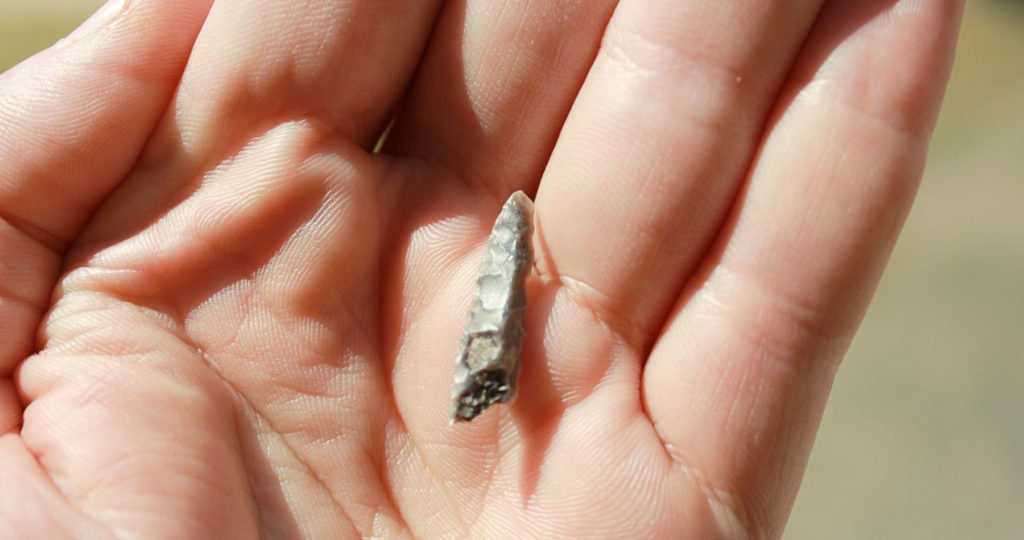
May 11, 2016
Stone Drill
This week, we showcase a stone drill. That’s right, you guessed it, this type of stone tool is used to drill holes in things. Like knives and projectile points, drills are worked on both sides to create sharp edges and a narrow tip. Unlike other stone tools however, drills are very narrow and thick, and often
Keep Reading